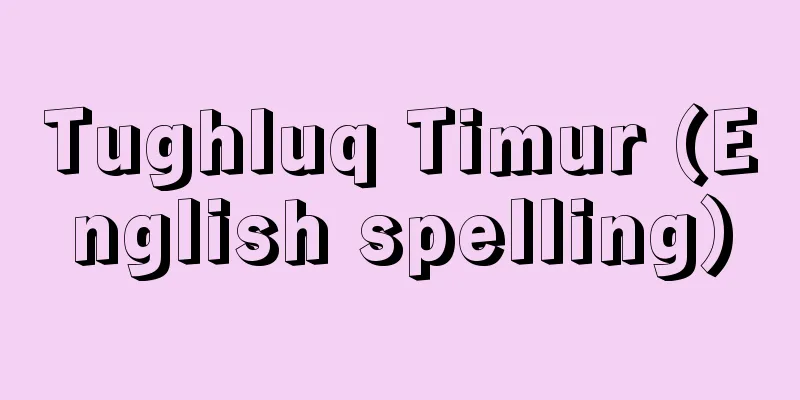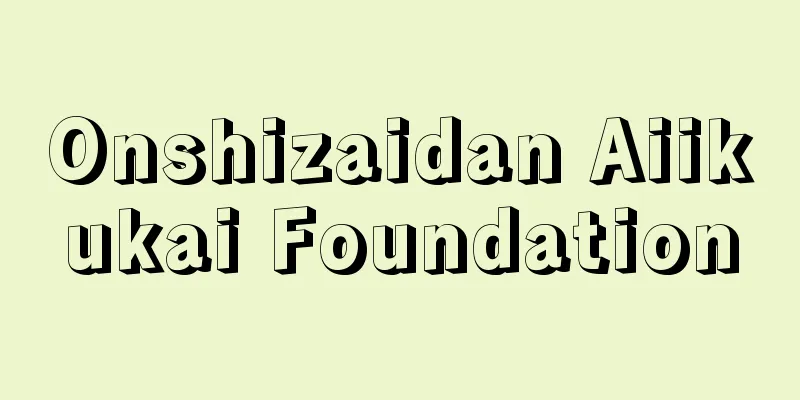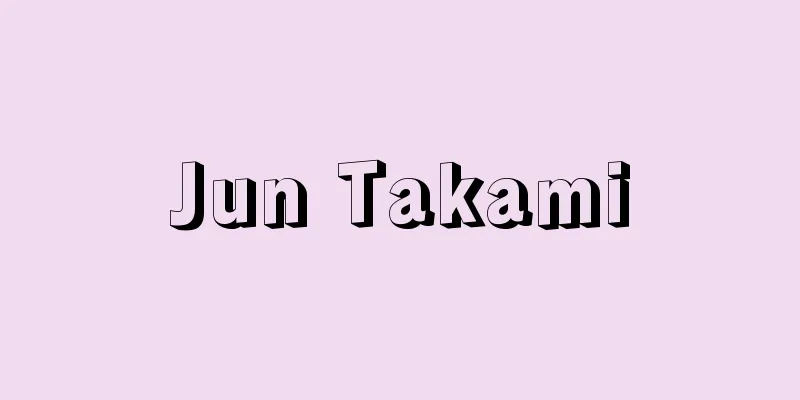Kinkeizan

|
<br /> A mountain in Hiraizumi, Hiraizumi-cho, Nishiiwai-gun, Iwate Prefecture. It is believed that there were several sutra mounds there from the time of the Oshu Fujiwara clan, who flourished in the late Heian period. Hiraizumi was the base of the Oshu Fujiwara clan, and is dotted with facilities such as Chuson -ji, Motsu -ji , Muryoko- in , which were built by Fujiwara Kiyohira, Motohira, and Hidehira, as well as the Yanagi no Gosho ruins, which are believed to have been the site of the government office, Hiraizumi-kan. Kinkeiyama is a gently sloping cone-shaped mountain located almost to the west of the center of present-day Hiraizumi-cho, with an elevation of 98.6m above sea level and a rise of about 60m from the base of the mountain. At the eastern foot is the ruins of Hanadate Temple, and at the southern foot is Senjyu-in, a sub-temple of Motsu-ji. The legend from the Edo period that "a golden chicken is buried there" became popular in the early Showa period, and in 1930 (Showa 5), the area around the summit was excavated in an attempt to unearth it. During this excavation, copper sutra tubes, ceramic jars, pots, flat roof tiles, and fragments of knives and iron arrowheads were discovered. The excavated items are kept at the Tokyo National Museum and Senjyuin Temple. Many of the items are estimated to date to the period of the third lord Hidehira, which was from the middle to the end of the 12th century, but the Kesadasukimonko ( a kesadasukimonko jar ) from Atsumi is of excellent quality and is thought to date to the period of the second lord Motohira or the end of the period of the first lord Kiyohira. Kinkeiyama was not only the site of a sutra mound thought to be closely related to the Fujiwara clan, but was also used as a reference point for the urban planning of Hiraizumi, and was designated as a national historic site in 2005 (Heisei 17) because it constitutes a religious world integrated with Muryokoin Temple. In 2011, it was registered as a World Heritage Site as part of the "Cultural Heritage of Hiraizumi." Take the Iwate Kotsu bus from JR Tohoku Main Line Hiraizumi Station to "Suzusawa" and walk for about 5 minutes. Source: Kodansha National Historic Site Guide Information |
|
岩手県西磐井郡平泉町平泉にある山。平安時代末期に栄えた奥州藤原氏時代の数基の経塚があったと推定されている。平泉は、奥州藤原氏の拠点であり、藤原清衡(きよひら)・基衡(もとひら)・秀衡(ひでひら)が造営した中尊寺、毛越寺、無量光院、および政庁・平泉館と推定される柳之御所遺跡などの施設が点在する。金鶏山は、現在の平泉町のほぼ中央西側にある、なだらかな円錐形の山で、標高98.6m、山裾からは約60mの高さがある。東裾に花立廃寺跡、南裾に毛越寺の子院・千手院がある。「金の鶏が埋められている」という江戸時代からの伝承が昭和初期にブームになり、1930年(昭和5)にそれを掘り出す目的で頂上付近が乱掘されたことがあり、その際に銅製経筒、陶器の壺・甕(かめ)・鉢、平瓦、刀子(とうす)・鉄鏃(てつぞく)の残片などが発見された。当時の出土品は、東京国立博物館と千手院に保管されている。多くは12世紀半ばから末にかけての3代秀衡期のものと推定されているが、渥美産の袈裟襷文壺(けさだすきもんこ)は優れた出来で、2代基衡期あるいは初代清衡期の末頃のものと考えられている。金鶏山は、藤原氏と密接に関係したと考えられる経塚が営まれただけではなく、平泉の都市計画上の基準点として利用され、無量光院と一体的に宗教世界を構成していることから、2005年(平成17)、国の史跡として指定された。2011年(平成23)には「平泉の文化遺産」の一つとして、世界遺産に登録された。JR東北本線平泉駅から岩手県交通バス「鈴沢」下車、徒歩約5分。 出典 講談社国指定史跡ガイドについて 情報 |
<<: Sarcoplasm - Muscle tissue
Recommend
Fish pole - Gyoho
…A type of musical instrument used in Buddhism, e...
Bernier, François
[Born] 1620.9.25/26. Joue Died September 22, 1688....
Anna Magnani
...This attitude of facing reality and focusing o...
Clothing - Emon
In art, it refers to the wrinkles in clothing depi...
Townsend, JR
...R. Sutcliff is outstanding in historical ficti...
Okuwa [village] - Ookuwa
A village in Kiso County, southwest of Nagano Pref...
The Canons of Journalism
...ethical standards that newspapers or their org...
Iwaibe pottery
〘 noun 〙 Pottery excavated from ruins of the Kofun...
Kyojofu - Today's climb
A person who carried taxes and other items from a ...
Ibn Babuya (English spelling)
…Like the Sunnites, they recognize the Hadith as ...
Watertight compartment
A watertight compartment separated by vertical an...
kleftika (English spelling)
…Folk instruments in mainland Greece include the ...
Okutadami Power Plant - Okutadami Hatsudensho
...There is a small amount of flat land along the...
jagirdar (English spelling)
…In the mid-1570s, during the reign of the third ...
Company
...For this reason, the internal relations of a c...









